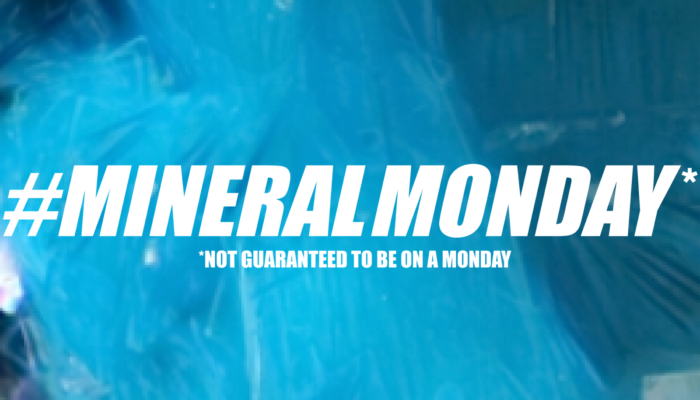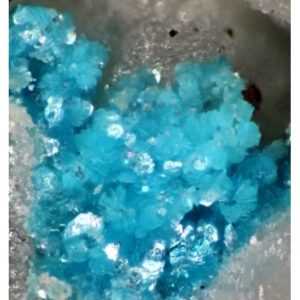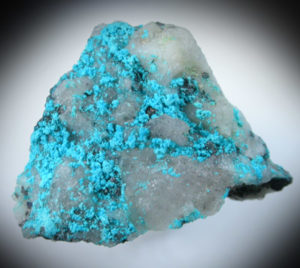
One of the saddest things for mineralogists is to see beautiful minerals crushed to extract their valuable contents, but often, without mining, we don’t get to see these minerals in the first place. Mineral hunters often scrounge around in the big piles of waste rock from mines, because the machines used for smashing up rock do a much better job of exposing minerals than a geological hammer ever could. And, some of the most beautiful minerals are associated with some of the most valuable metals, copper, especially, forms minerals with all sorts of lovely colours.
Wait, aren’t you supposed to be describing a mineral? Oh, sorry, I got confused with #philosophicalfriday. Today’s mineral is one of those that is much easier to write than say, zdenĕkite. The z is almost silent…
What is it named after? This one was named for a well known mineralogist in France, Johan Zdenĕk, back in the 1990s
Surely johannite would have been easier to say? Yeah… but that was already taken. Curse this common forename!
So what’s in this mineral? My grandmother used to make stews with anything that was in the fridge, this is the mineral equivalent. Its formula is NaPbCu5(AsO4)4Cl•5(H2O), that’s sodium (Na), lead (Pb), copper (Cu), arsenic (As), chlorine (Cl) and water (H2O).
Is it pretty? Extremely. Think about the blue of the tropical ocean (i.e., forget you can’t leave your house), and you are nearly there.
So what do we do with it? Well, it’s found in copper mines, so it will be crushed up, thrown in with the other copper minerals, refined, then used to make washing machine motors or whatever else we do with copper.
That’s deeply poetic, kind of like the circle of life, but for copper instead of lions and antelopes, and it’s not so much a circle as a straight line from rocks to electronics to landfill, and it doesn’t have a theme tune. Isn’t modern life beautiful?



Pingback: GeoLog | Earth Science Week 2020: Earth Materials in Our Lives - an A-Z! - GeoLog